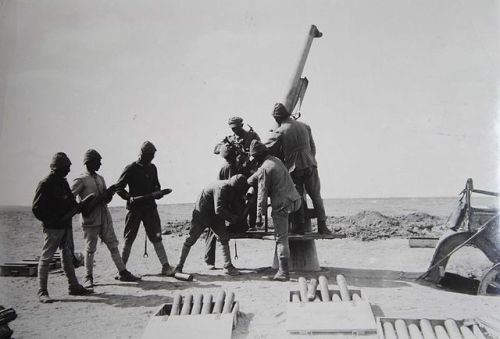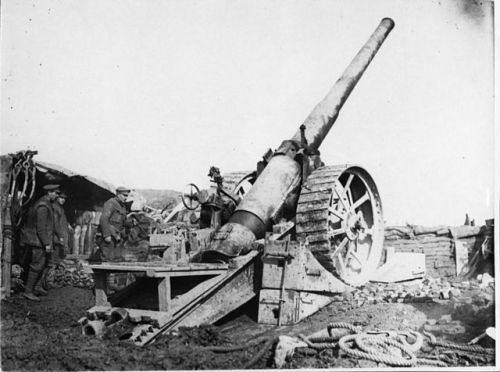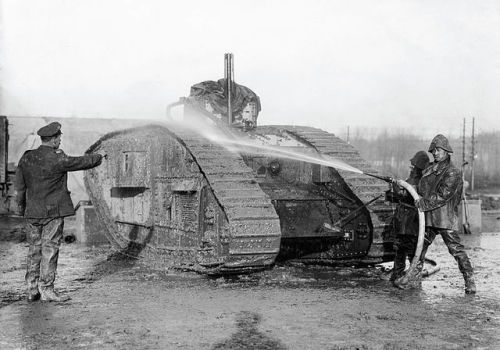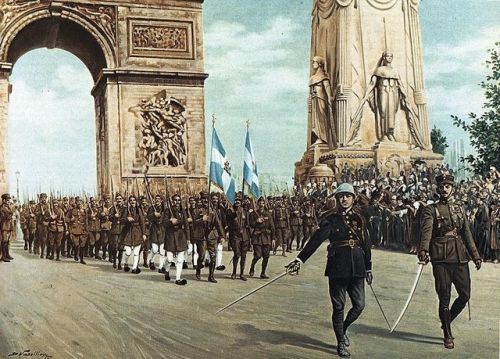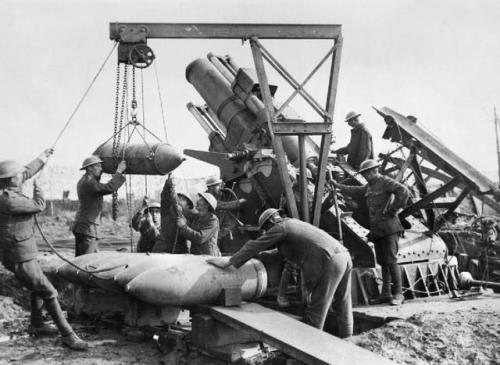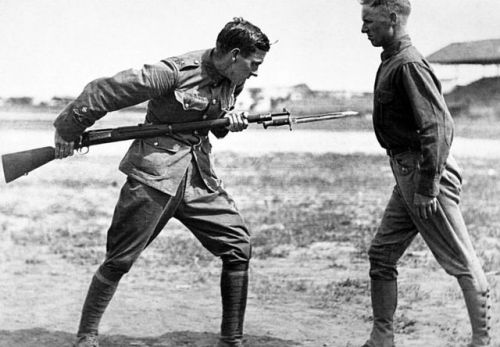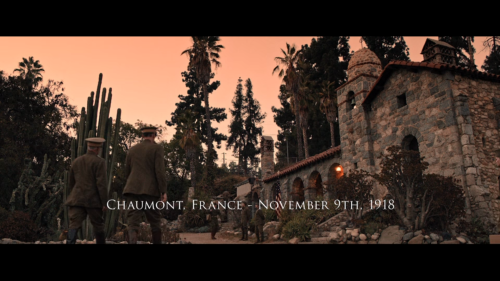#the great war
Painting depicting Greek military units in the WWI Victory Parade in Arc de Triomphe, Paris. 14 July 1919.
Post link
Progress on my new impression - 1st Battalion Dorset Regiment, 1917-18
I chose this particular impression because my Rev War impression is for the 54th Regiment of Foot. The Dorset Regiment was formed in 1881 under the Childers Reform when the 39th and 54th Regiments amalgamated together. The 39th became the 1st Battalion Dorsets while the 54th became the 2nd Battalion - so if I really wanted to be thematically consistent, I would be doing 2nd Battalion Dorsets, but the problem with that is that the 2nd Battalion served only on the Middle Eastern front during WW1. As there are no Middle Eastern front reenactments in North America - chose the next best thing,
Post link
August 1, 1914 – First World War erupts
“Four days after Austria-Hungary declared war on Serbia, Germany and Russia declare war against each other, France orders a general mobilization, and the first German army units cross into Luxembourg in preparation for the German invasion of France. During the next three days, Russia, France, Belgium, and Great Britain all lined up against Austria-Hungary and Germany, and the German army invaded Belgium. The “Great War” that ensued was one of unprecedented destruction and loss of life, resulting in the deaths of some 20 million soldiers and civilians.
On June 28, 1914, in an event that is widely regarded as sparking the outbreak of World War I, Archduke Franz Ferdinand, heir to the Austro-Hungarian empire, was shot to death with his wife by Bosnian Serb Gavrilo Princip in Sarajevo, Bosnia. Ferdinand had been inspecting his uncle’s imperial armed forces in Bosnia and Herzegovina, despite the threat of Serbian nationalists who wanted these Austro-Hungarian possessions to join newly independent Serbia. Austria-Hungary blamed the Serbian government for the attack and hoped to use the incident as justification for settling the problem of Slavic nationalism once and for all. However, as Russia supported Serbia, an Austria-Hungary declaration of war was delayed until its leaders received assurances from German leader Kaiser Wilhelm II that Germany would support their cause in the event of a Russian intervention.
On July 28, Austria-Hungary declared war on Serbia, and the tenuous peace between Europe’s great powers collapsed. On July 29, Austro-Hungarian forces began to shell the Serbian capital of Belgrade, and Russia, Serbia’s ally, ordered a troop mobilization against Austria-Hungary. France, allied with Russia, began to mobilize on August 1. France and Germany declared war against each other on August 3. After crossing through neutral Luxembourg, the German army invaded Belgium on the night of August 3-4, prompting Great Britain, Belgium’s ally, to declare war against Germany.
For the most part, the people of Europe greeted the outbreak of war with jubilation. Most patriotically assumed that their country would be victorious within months. Of the initial belligerents, Germany was most prepared for the outbreak of hostilities, and its military leaders had formatted a sophisticated military strategy known as the “Schlieffen Plan,” which envisioned the conquest of France through a great arcing offensive through Belgium and into northern France. Russia, slow to mobilize, was to be kept occupied by Austro-Hungarian forces while Germany attacked France.
The Schlieffen Plan was nearly successful, but in early September the French rallied and halted the German advance at the bloody Battle of the Marne near Paris. By the end of 1914, well over a million soldiers of various nationalities had been killed on the battlefields of Europe, and neither for the Allies nor the Central Powers was a final victory in sight. On the western front–the battle line that stretched across northern France and Belgium–the combatants settled down in the trenches for a terrible war of attrition.
In 1915, the Allies attempted to break the stalemate with an amphibious invasion of Turkey, which had joined the Central Powers in October 1914, but after heavy bloodshed the Allies were forced to retreat in early 1916. The year 1916 saw great offensives by Germany and Britain along the western front, but neither side accomplished a decisive victory. In the east, Germany was more successful, and the disorganized Russian army suffered terrible losses, spurring the outbreak of the Russian Revolution in 1917. By the end of 1917, the Bolsheviks had seized power in Russia and immediately set about negotiating peace with Germany. In 1918, the infusion of American troops and resources into the western front finally tipped the scale in the Allies’ favor. Bereft of manpower and supplies and faced with an imminent invasion, Germany signed an armistice agreement with the Allies in November 1918.
World War I was known as the “war to end all wars” because of the great slaughter and destruction it caused. Unfortunately, the peace treaty that officially ended the conflict–the Treaty of Versailles of 1919–forced punitive terms on Germany that destabilized Europe and laid the groundwork for World War II.”
This week in History:
July 29, 1958 - NASA established
July 30, 1863 - Chief Pocatello signs peace treaty
July 31, 1964 - Ranger 7 photographs moon
August 1, 1774 - Joseph Priestley discovers Oxygen
August 2, 1776 Delegates sign declaration of Independence
August 3, 1949 NBA established
August 4, 1944- Anne Frank captured
Thispostcard of ruins after the Battle of the Marne and other items directly related to World War I can be found in the online collection of the National WWI Museum and Memorial.
Post link



